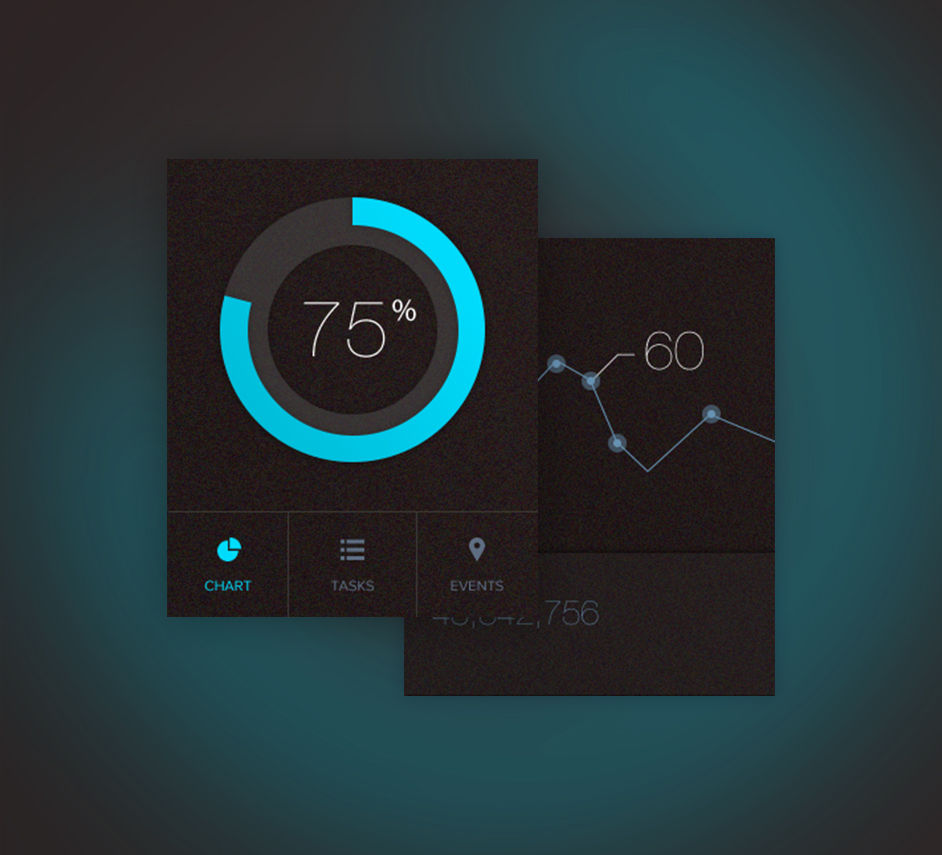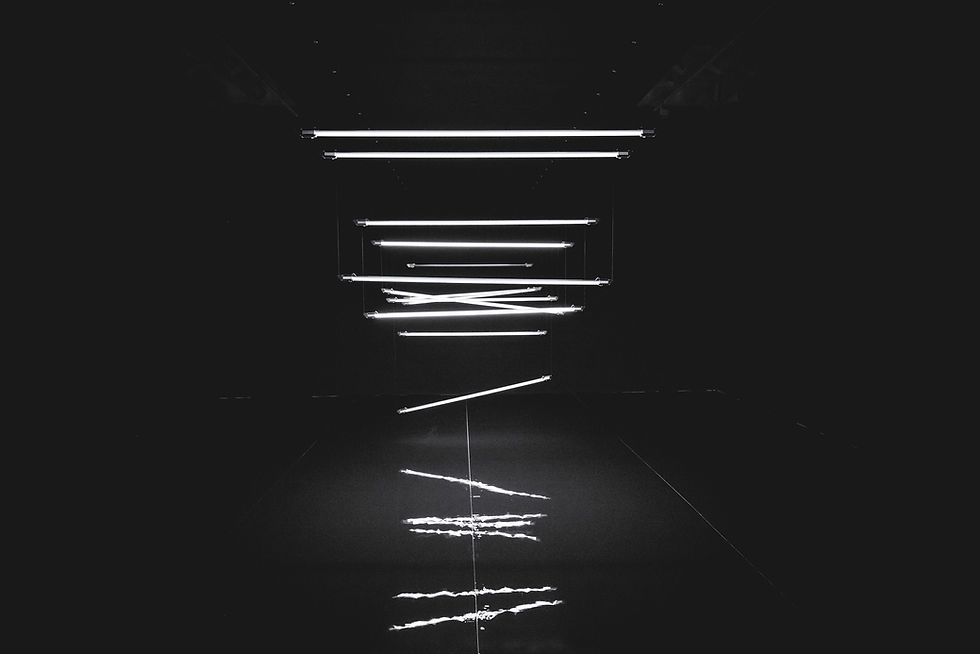My Experience of User Experience
- Ray Pohjanheimo

- Aug 16, 2018
- 3 min read

My career in User Experience started when I was six years old. I was drawing in MS Paint on the old Windows 95. I learned that when there’s a tiny gap between the lines of a shape and you want to fill it with colour, it paints the whole picture and essentially ruins it. Back then I didn’t know there was an undo button. In Finnish it was called “kumoa”, which means “to topple something over”. That doesn’t make sense to anybody. So whenever I made the mistake, I just started over. As an end user, I was frustrated. There had to be a way back. If Microsoft had perfected their User Experience, a child would know how to go back. There would be a visible button for it.
I’ve been a creative technology user my entire life and the User Experience has been the defining factor on whether or not I kept using certain software. I wanted to start making songs as a teenager but the software I tried, Audacity and Cubase, were too difficult to use. I could hardly record things, much less edit them. My musical pursuits were set back by a solid year until I got a MacBook Pro with a pre-installed Garageband. Using Garageband was bliss and I started pushing out songs immediately. The User Experience was incredibly smooth. Everything worked the way you thought it would, intuitively. I was the dream focus group member, a User Experience curator.

I wanted to create software products, starting from planning my own games and later on, applications. However, I was much more interested in the design and functions of the products. I had been drawing my whole life and been using Photoshop for digital art and graphic design since my teenage years, so designing itself wouldn’t be overly challenging. While I found it rewarding to successfully program something, my aspirations were bigger than what I could code however. I would keep imagining different products but couldn’t bring them to life the way I wanted to.
It wasn’t until I was deep into my studies in Psychology that I learned about the field of Human-Computer Interaction. I was immediately consumed by it. The more I learned about it, the more I knew it was my field. It was the professional application of what I had studied and what I had been doing my entire life already. It was solving the problem of “this could be done more intuitively” that I had had countless of times. It was news to me that you could make a living out of designing the functionalities and usage of products, which was my favourite part.

I started working on my own software design mock-ups that I had previously just imagined but not put on paper. I got a job consulting a start-up company called Filterless on their product and overall Human Factors design after my graduation. I would help them every chance I got alongside my full-time job as a Social Media Manager. Creating the first wireframes was a challenge at first - it was a lot easier to know what functions does an application have than actually draw how to access them. However, I quickly got up to speed and took some UX tasks at my full-time job as well.
This brings me to today. I’m eager to learn more, which is why I’m looking into plugging myself into any projects or full-time work that could help me move forward in the field. I’ve never been so sure about anything in my life. Probably.









Comments